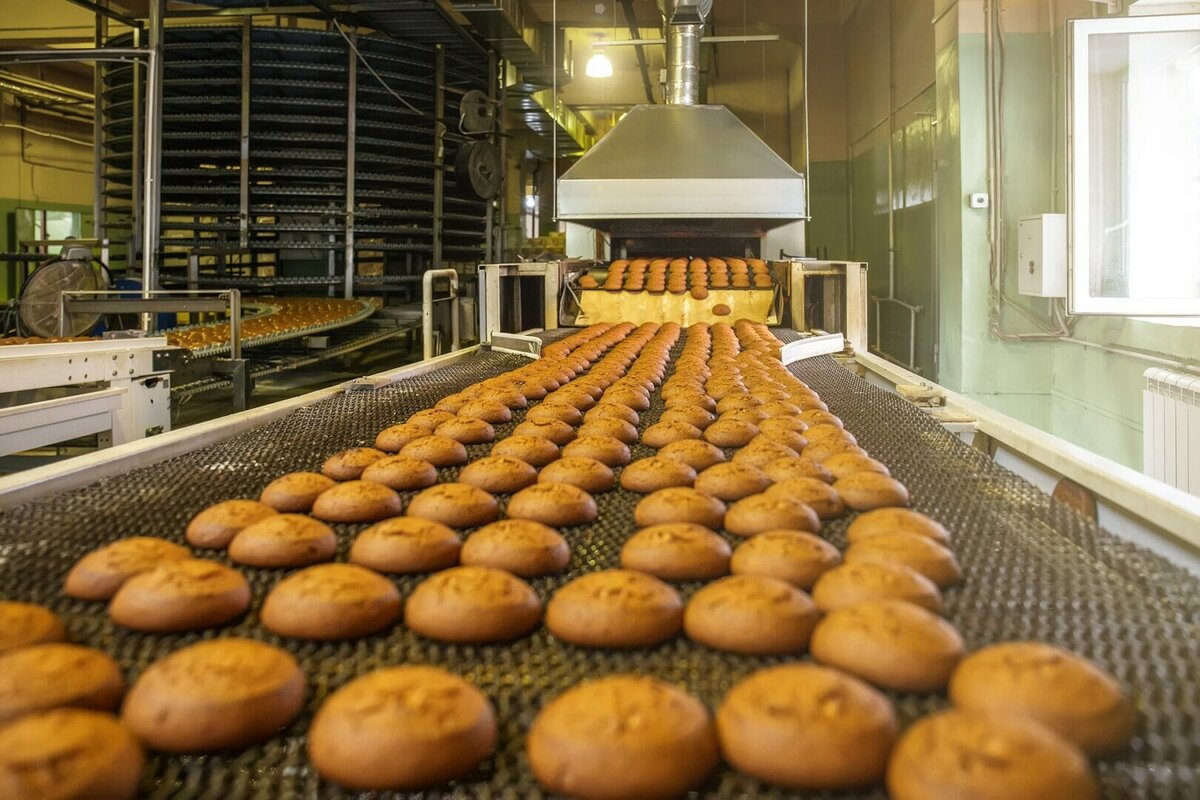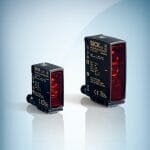~ Keeping equipment working in extreme temperature environments ~
Whether baking bread at 300 Celsius or pasteurising beverages at 70 Celsius, food production often involves high temperatures. Perspiring humans might have little trouble in these environments with adequate clothing and rest breaks, but the process equipment is another proposition entirely. Here, Neil Ballinger, head of EMEA at industrial automation parts supplier, EU Automation, uncovers the subtleties inherent to high temperature equipment.
Baking has been a constant throughout human history. Evidence suggests that 30,000 years have passed since primordial man discovered it, but it’s only in the past few decades that its manufacture changed significantly — the robot has taken over.
Automation is fantastic for a great many things in food and beverage manufacturing. It increases throughput, decreases waste and allows for safer and more intensive processes in environments unsuitable for human occupation. One particular arena where robotics win over humans is extreme temperature environments.
For instance, consider a large industrial bakery. All of the manufacturing steps — from pouring and mixing, kneading and proofing, to baking, cooling and packing — can be completely automated with the right equipment. One of these steps in particular exposes equipment to particularly high temperatures.
Humans can work in those conditions, but it’s not particularly safe or comfortable, so why not get technology to do it instead? On the face it seems like an obvious solution, but as with most things in engineering, seemingly obvious fixes are never quite that simple. The first consideration is direct heat damage to equipment.
Don’t get burnt
Most food-grade electric motors, for instance, are typically constructed from easily washable stainless steel, with magnets and copper windings. There may be hundreds or thousands of discrete motors on a bakery production line, and while there is not much to denature or melt inside them, that doesn’t account for the supporting infrastructure.
While this will be similarly externally food-safe, with paint-free surfaces and spray-washable stainless enclosures, the shielding for the wire, connector inserts and other appended monitoring or control equipment can suffer under extreme temperatures.
While motor meltdown is not a likely outcome of exposing motors to extreme heat, it’d be wrong to suggest they’re completely unaffected.
Quite simply, electrical resistance is a function of temperature, and therefore a warmer motor becomes less efficient. This effect is compounded by an increase in counter-electromotive force created by the more resistive coils. High temperatures also decrease the flux density of the magnets, even further reducing efficiency.
These losses in efficiency can add up very quickly, particularly when summed across potentially hundreds of motors on a production line.
Peaks and valleys
Another impact of high temperatures on equipment comes when the temperature drops. In bakeries this is often the case when ovens are left to cool for cleaning or line maintenance. Equipment constantly exposed to high temperatures will cool as well, but this is where the problems sneak in.
Again, it’s simple physics that causes the issues. Materials expand as they are heated, and as the motor cools different parts of it, from the stainless enclosure to the permanent magnets, to the rotor material to the copper windings, cool and contract at different rates.
Over many heating and cooling cycles this effect slowly walks components out of tolerance, step by step, until they’re unacceptably loose. This directly decreases the lifespan of the motor through increased wear and tear. But, in the context of food and beverage manufacturing with its stringent anti-contamination measures and deep-cleaning, high-pressure spray washdowns, it also opens up enclosures to ingress.
There’s a surprising amount to consider when installing automation equipment where it’s exposed to high temperatures. If tackled cleverly, with proper monitoring infrastructure and modern maintenance techniques, bread can be provided without any circus.
For more expert tips on autonomous food and beverage manufacturing equipment, visit EU Automation’s Knowledge Hub.





